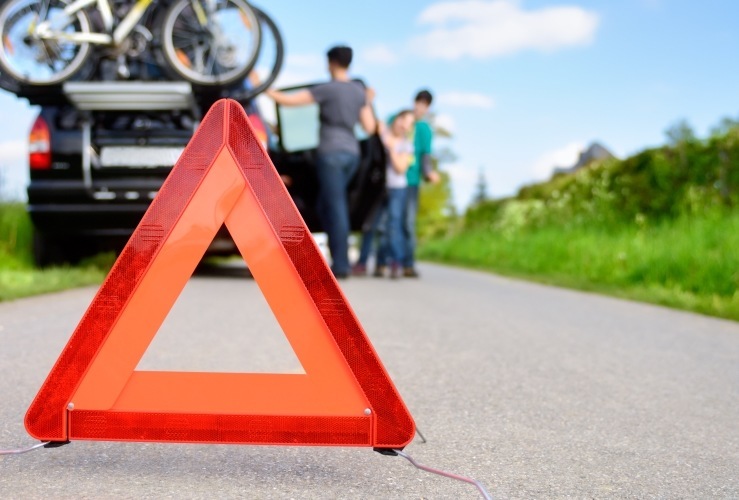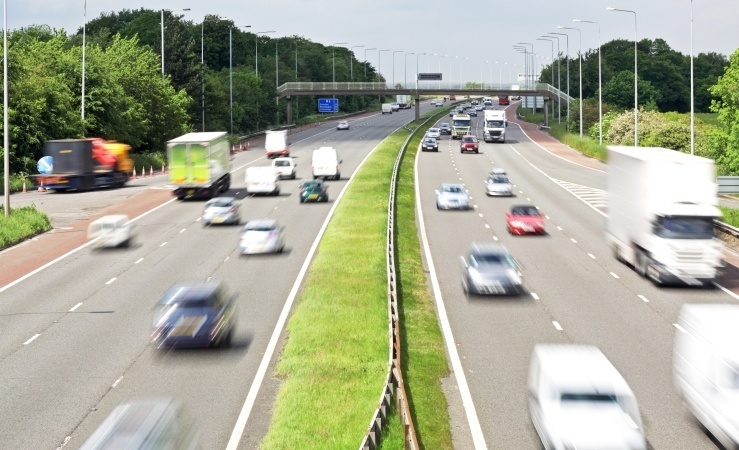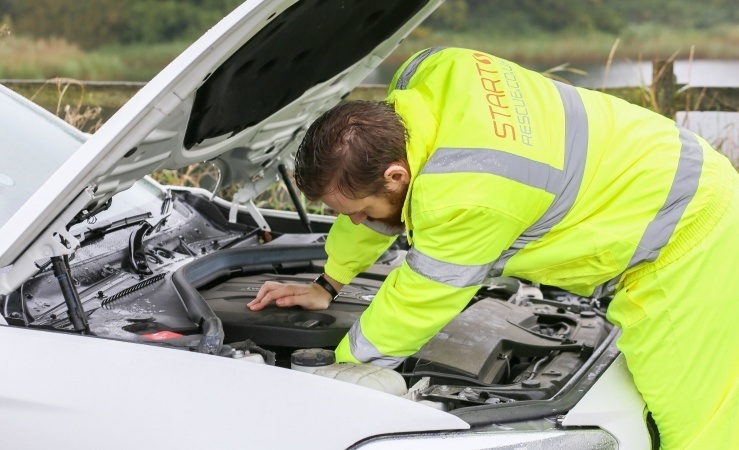For many of us, Easter is the first holiday after Christmas offering brighter weather, making driving more pleasurable again.
Icy road surfaces should be a distant memory as spring takes hold, but there are still seasonal challenges facing the UK motorist. Along with the risk of being dazzled by the low morning and evening sun, the possibility of having to deal with wet surfaces is always present.
And whatever the season and whatever the weather conditions, you may still suffer a mechanical failure.
As with every Easter, Start Rescue recovery agents will be on hand to assist our breakdown cover policy holders across the UK if they breakdown.

Pre Easter drive car checks
Before undertaking a long journey, it’s advisable to check your tyre tread depth, tyre pressure, engine coolant and oil levels, as well as ensuring that your windscreen wipers (including water reservoir) and lights are in good working order.
There are a plethora of lifestyle, parenting and automotive sites and publications available that offer advice on planning the perfect Easter driving break. But however prepared you are, a breakdown can still occur.
Easter car breakdowns
It's not always easy or safe to stop when you've suffered a mechanical failure.
It is important to get your vehicle off the road if you can and warn other road users with warning triangles if you have them. This is especially important if your car is obstructing the road. However, be aware that warning triangles should not be used on motorways.
Motorway breakdowns

Hard shoulders
Designed for emergency use only, you should only stop on the hard shoulder in a genuine emergency.
If you can, try to stop somewhere safer, off the motorway.
The hard shoulder is not for going to the toilet, using your mobile phone, or for checking your route.
What steps should you take if you have to stop in an emergency?
- Move safely onto the hard shoulder and come to a stop with your wheels turned to the left
- Ensure your sidelights remain on and switch on your hazard lights
- All occupants of the vehicle should exit via a left hand door
- Leave pets in the car. If you do need to take them out, ensure they are under control on the verge, as far from the roadside as possible
- Put on reflective jackets if you have them. Warning triangles should not be used on the hard shoulder
- Everyone should retreat a safe distance up the verge
- Even basic repairs should not be undertaken on the hard shoulder

Call Start Rescue for help
Once you and your passengers are in a safe location, you should contact Start Rescue for roadside assistance. You can do this by calling us on 01206 785999 or by using our special breakdown app, which enables you to request help without making a call.
Before you call, make a note of where you are, either by using a Driver Location Sign on the motorway, or with street names or landmarks.
Getting help if you don't have a mobile: How do I get help if I have broken down and have no mobile phone?
Walk to an emergency telephone on your side of the carriageway. Do not cross to reach one on the other side, or cross the carriageway for any other reason. Emergency telephones are free and will connect with the police or the Highways Agency. Give the police all your details and alert them if you are a vulnerable driver – such as a lone female motorist.
If you think you are in danger from another person, return to your vehicle by a left hand door and lock all doors and windows. Exit the vehicle if and when you feel it is safe to do so.
Getting across to the hard shoulder
You may find it difficult to cross to the hard shoulder if you’ve suffered a sudden mechanical problem on an inside lane. However, it is extremely dangerous to stop on a carriageway lane. But if you have no choice:
- Switch on your hazard warning lights
- Do not place any warning device on the running lane
- Leave your vehicle and get clear of the carriageway – but only when it is safe to do so
Re-joining the carriageway: How do you safely rejoin the carriageway?
As Rule 276 of the Highway Code states: "Before you rejoin the carriageway after a breakdown, build up speed on the hard shoulder and watch for a safe gap in the traffic".
What steps should you take if you break down on other roads?
- If you can, get your vehicle off the road while using hazard warning lights to warn other road users. This is especially important if your vehicle is causing an obstruction of any kind
- You and your passengers should wear reflective jackets if you have them
- If you feel there is a danger of your vehicle being struck by another, everyone should exit the vehicle and wait a safe distance from the road
- Any repairs should only be undertaken if it is safe to do so
- Call your breakdown recovery provider if you cannot carry out repairs
- If you have a warning triangle, place it at least 45 metres behind your vehicle on the same side of the road. Be extremely careful when doing this
- Ensure your sidelights are on if it is night time or if visibility is low
- Neither you nor your passengers should stand between the warning triangle and your vehicle
- Do not obstruct your lights by standing in front of them – which will make it harder for other road users to see you
- Use your mobile to call startrescue.co.uk – or use the special startrescue.co.uk app
- Don’t forget to safely retrieve your warning triangle if you've used one
The Start Rescue Team




